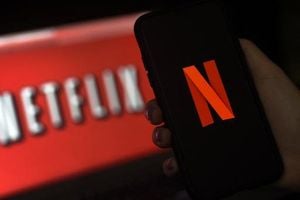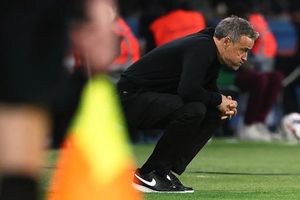The Michigan Wolverines' football program finds itself buoyed by recent successes as it gears up for the 2025 season. Following victorious outings against formidable opponents, including Ohio State and Alabama, the Wolverines are aiming for significant wins as they eye the College Football Playoff after taking a brief hiatus last year. With promising talent both returning and newly acquired, Wolverines fans have good reason to feel optimistic about the impending season.
Despite this wave of positivity, uncertainty pervades the air around the Michigan roster. Key players such as Colston Loveland, Kenneth Grant, Mason Graham, and Will Johnson are departing, which raises questions about how new faces will adapt to the field as the Wolverines face not just roster changes but also the challenge of integrating new offensive strategies under offensive coordinator Chip Lindsey.
Looking at the 2025 roster, it can be divided neatly among three categories: the offensive line, quarterbacks, and wide receivers, groups considered to have opportunities for growth. Historically, these positions have been Michigan's weakest links, as they struggled last season with pass protection and playmaking. Yet, with returning players like Greg Crippen and Evan Link, improvement is plausible. The addition of transfers Lawrence Hattar and Brady Norton adds depth and competition. Most significantly, recruiting Bryce Underwood promises to bolster Michigan’s quarterback prowess, with Underwood being touted as one of the best talents entering the program.
Switching to the second category, comprised of running backs, tight ends, and the defense, the Wolverines seem to be thriving. The running back pairing of Justice Haynes and Jordan Marshall should provide explosive options. Meanwhile, tight end Hogan Hansen is set to make big strides, having gained experience last season. Although some defensive stalwarts have left, the remaining depth at defensive tackle and linebacker gives reason for reassurance. Players like Rayshaun Benny and Ernest Hausmann stand ready to carry the team's defensive efforts, bolstered by secondary depth with Rod Moore and Mason Curtis among others.
On the coaching front, Chip Lindsey takes helm as the new offensive coordinator, bringing extensive experience running diverse offenses. His previous successes at institutions like North Carolina suggest he can bring innovative approaches to Michigan's offensive strategies. On defense, coordinator Wink Martindale returns, now with developing experience as he implements adjustments made during the latter part of the previous season. This could lead Michigan's defensive unit to excel once more.
Regarding the 2025 schedule, Michigan starts with promising prospects against teams like New Mexico and Central Michigan, which are likely automatic wins. Matchups against Michigan State and Wisconsin also appear favorable, but the real tests arise with toss-up games against Oklahoma, Nebraska, USC, Washington, and rival Ohio State. The encounter with Oklahoma serves as both teams’ gauge after lackluster previous seasons, whereas matchups against Nebraska and USC promise potential obstacles depending on their developments.
Many analysts predict the Wolverines can surpass last season's performance, taking forecasts of at least nine wins seriously. After all, solid players surround the program, and if coaches leverage their capabilities, the dream of returning to the College Football Playoff could become reality once more. A realistic expectation for the Wolverines would be finishing the regular season with at least 10 wins. While losses to Oklahoma and Ohio State are anticipated, surprises could materialize.
Recruitment shapes the optimism surrounding Michigan football, as evident from the recent focus on securing commitments for the 2026 class. Michigan has successfully landed talents like four-star safety Brody Jennings, who remains on Florida’s radar as Gators coach Billy Napier has made efforts to lure him back to his home state. This could present challenges, but Michigan’s competitive stature has grown, largely influenced by the commitment of quarterback Bryce Underwood and the larger strategic focus on NIL opportunities. The flourish of interest from elite prospects reflects Michigan's promising recruitment future.
Overall, as Michigan Wolverines football continues to navigate the ever-evolving college football horizon, its confluence of talent, recruiting determination, and seasoned coaching should ideally prepare the squad for not just the upcoming season, but for sustained successes moving forward. With uncertainty still on the horizon, this is clearly the beginning of exciting times for Wolverines football.



